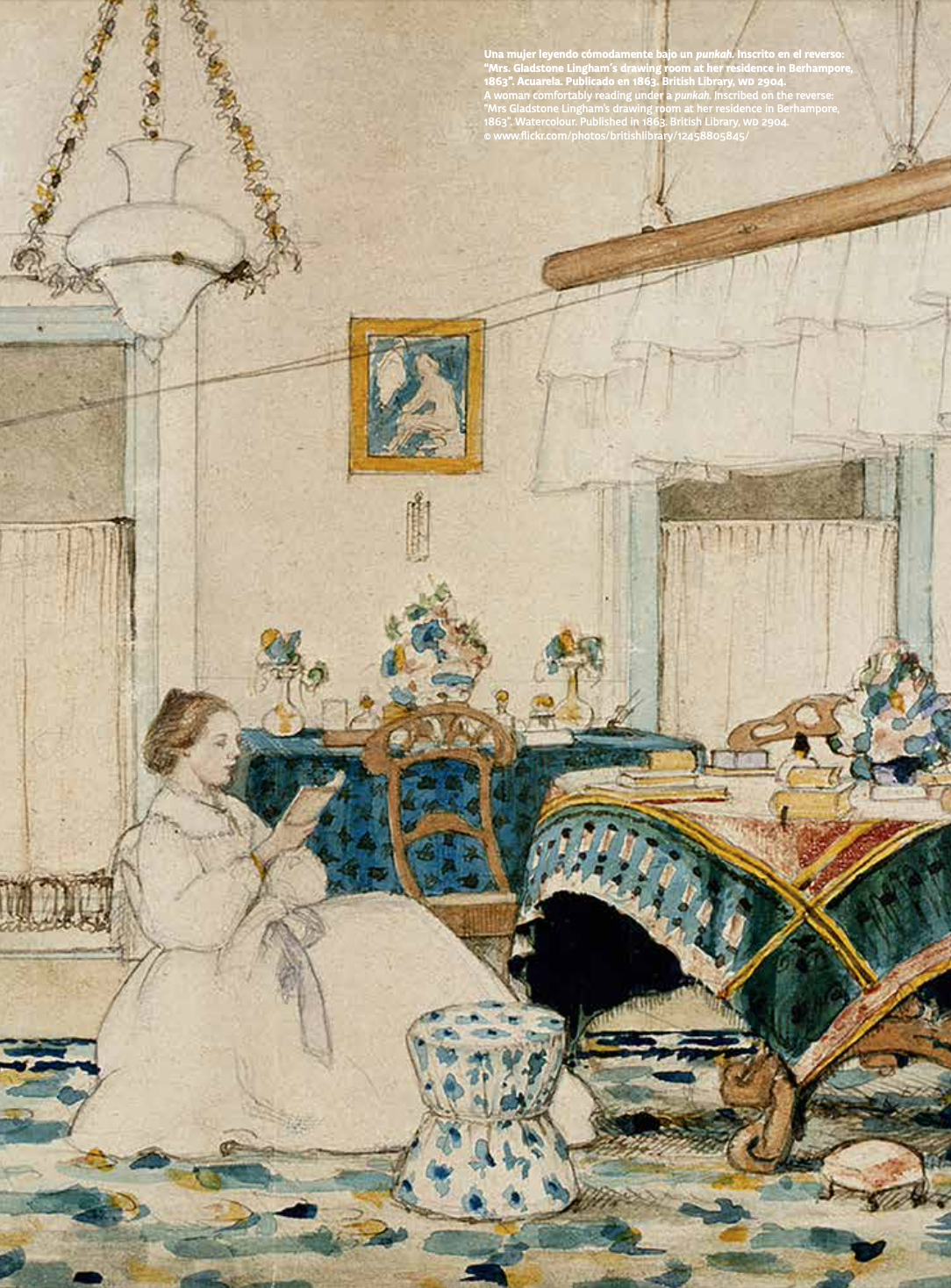Ventilar. Cuerpos trabajadores, clima y arquitectura
Barra lateral del artículo

Palabras clave:
Contenido principal del artículo
Resumen
“Ventilar. Cuerpos trabajadores, clima y arquitectura” examina el aire como material critico y las arquitecturas que se desarrollaron para facilitar su movimiento en espacios interiores. El texto analiza las relaciones entre cuerpos, el clima y la arquitectura a traves de contextos y proyectos historicos y su conexion con conflictos contemporaneos. En particular, explora como el desarrollo de sistemas de ventilacion para espacios interiores estuvo impulsado por los regimenes del colonialismo y la esclavitud.
Detalles del artículo

Esta obra está bajo una licencia internacional Creative Commons Atribución-NoComercial 4.0.
Materia Arquitectura proporciona acceso inmediato y gratuito a todos los contenidos de esta edición electrónica, publicada simultáneamente con la edición impresa. Materia Arquitectura no cobra honorarios a los autores por ningún concepto.
Todos los contenidos de esta edición electrónica se distribuyen bajo licencia Creative Commons de “Atribución-Copartirigual 4.0 Internacional” (CC-BY-SA).
La licencia Creative Commons permite el acceso libre e inmediato al contenido y permite que cualquier usuario lea, descargue, copie, distribuya, imprima, busque o genere enlaces a los textos completos de los artículos, permitiendo también que estos puedan ser rastreados para indexarlos, pasarlos como datos a software o usarlos para cualquier otro propósito legal. Asimismo, la licencia otorga derechos de uso a quienes a su vez utilicen una licencia abierta (Creative Commons o equivalente).
Los derechos de los textos y las imágenes publicadas pertenecen a sus autores, quienes otorgan a Materia Arquitectura la licencia para su uso. La gestión de los permisos y la autorización de publicación de las imágenes (o de cualquier material) que contenga derechos de autor y sus consecuentes derechos de reproducción en esta publicación es de exclusiva responsabilidad de los autores de los artículos.
Toda vez que mencionen su origen, los autores son libres de distribuir sus artículos por otros medios. Cualquier reproducción total o parcial del material deberá citar su procedencia.
Descargas
Citas
Assessing the global climate in July 2021. (2021, agosto 10). National Centers for Environmental Information (NCEI). http://www.ncei.noaa.gov/news/global-climate-202107
Barron, J. (1830). Drawing of fan moved by mechanism. Records of the Patent and Trademark Office, Record Group 241. National Archives Identifier: 594907. https://www.docsteach.org/documents/document/drawing-of-fan-moved-by-mechanism
Byrd, D. E. (2016). Motive power: Fans, punkahs, and fly brushes in the Antebellum South. Buildings & Landscapes: Journal of the Vernacular Architecture Forum, 23(1), 29–51. https://doi.org/10.5749/buildland.23.1.0029
Chakraborty, S. (2017, octubre 16). Technologies of domestic labour. Servants Pasts. https://servantspasts.wordpress.com/2017/10/16/domestic-gadgets-and-domestic-servants-in-late-colonial-british-households/
Grupo Intergubernamental de Expertos sobre el Cambio Climático. (2021). Comunicado de prensa del IPCC. https://www.ipcc.ch/site/assets/uploads/2021/08/IPCC_WGI-AR6-Press-Release-Final_es.pdf
Koolhaas, R. (2002). Junkspace. October, 100, 175–190.
New York State Office of Temporary and Disability Assistance. (n.d.). Home Energy Assistance Program (HEAP). New York State Office of Temporary and Disability Assistance. http://otda.ny.gov/programs/heap/Default.asp
Peinado, F. (2021, agosto 13). Refugiados climáticos en el centro comercial: “Tenemos 25 grados; fuera, 39”. El País. https://elpais.com/espana/madrid/2021-08-13/refugiados-climaticos-en-el-centro-comercial-tenemos-25-grados-afuera-39.html
Philippe Rahm Architectes. (n.d.). Interior Gulf Stream: Housing and studio for Dominique Gonzalez-Foerster. Recuperado el 29 de junio de 2022 de http://www.philipperahm.com/data/projects/interiorgulfstream/index.html
Sadurní, J. M. (2021, agosto 5). El abanico, un instrumento para combatir el calor y para comunicarse. Historia National Geographic. https://historia.nationalgeographic.com.es/a/abanico-instrumento-para-combatir-calor-y-para-comunicarse_17062
Sengupta, R. (2020, agosto 10). The punkah and its pullers: A short history. Servants Pasts. https://servantspasts.wordpress.com/2020/08/10/the-punkah-and-its-pullers-a-short-history/
The Miriam and Ira D. Wallach Division of Art, Prints and Photographs: Picture Collection, The New York Public Library. (1868). Egyptian lotus motifs, fans, boats, and paddles (Shelf locator: PC dESI-Egy) [Impresión]. NYPL Catalog ID (B-number): b17139300. https://digitalcollections.nypl.org/items/510d47e1-0142-a3d9-e040-e00a18064a99
Artículos más leídos del mismo autor/a
- Marina Otero Verzier, ARQUITECTURA PARA MÁS-QUE- HUMANOS , Materia Arquitectura: Núm. 18 (2018): Materia Arquitectura 18 (Diciembre/December 2018)
- Marina Otero Verzier, Architecture for More-than-Humans , Materia Arquitectura: Núm. 18 (2018): Materia Arquitectura 18 (Diciembre/December 2018)